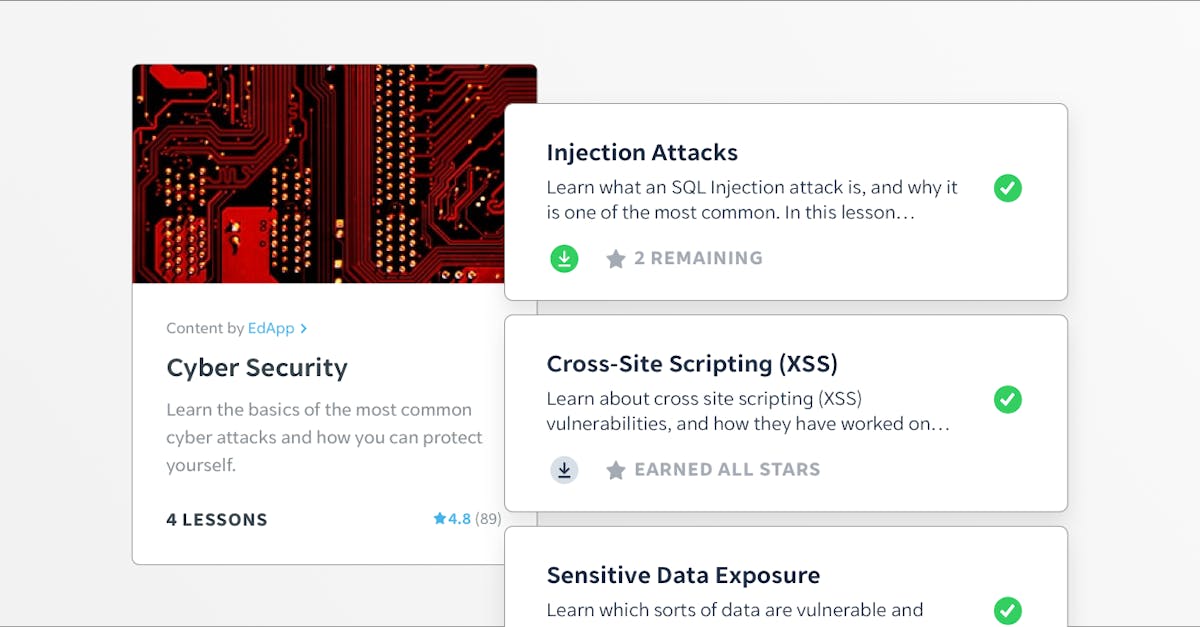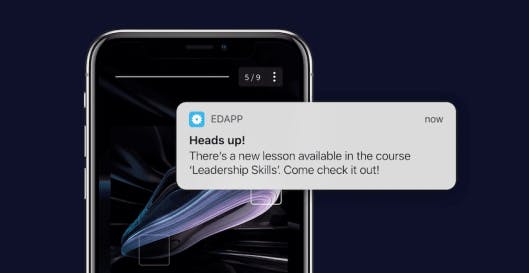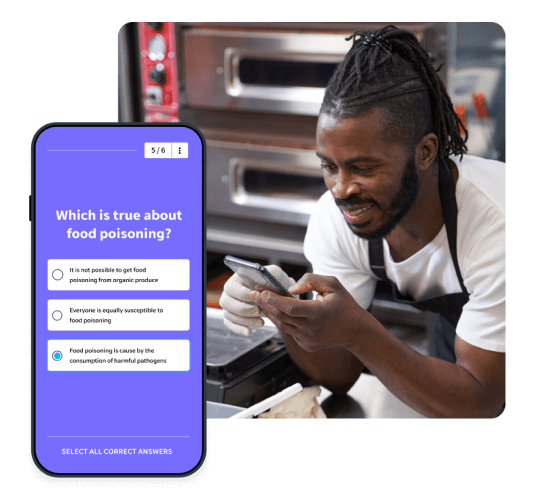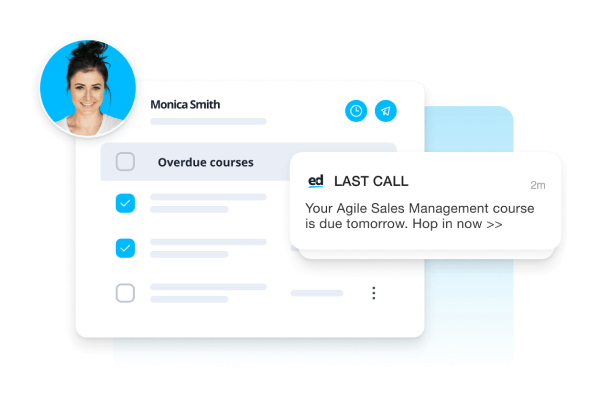Micro Habits App

How many times have we set a goal that we didn’t achieve due to a lack of self-control? We’ve had the intention, but busy schedules or procrastination get in the way of taking action. And what’s stopped us from carrying these goals out? A big part is behavioral habits.
Habits tell us what we should be doing daily to achieve the goal we have set. For example, your daily habit can be making a to-do list with the five most important tasks of the day. This habit will help you achieve the goal of being more productive. Similarly, goals rely on extrinsic motivation and self-will. As Charles Duhigg wrote in ‘The Power of Habit,’ “Willpower isn’t just a skill. It’s a muscle, like the muscles in your arms or legs, and it gets tired as it works harder, so there’s less power left over for other things.”. We can’t rely on willpower alone to achieve our goals, so we need to build habits through daily routines. Forming habits rewire our brains to perform our desired actions automatically, without causing decision fatigue.
“Habit is the intersection of knowledge (what to do), skill (how to do), and desire (want to do).”
— Stephen Covey

So, how do habits work?
According to MIT researchers and psychologists, there is a simple neurological loop at the core of every habit – cue, response, and reward.
- Cue is the trigger that tells our brain to initiate a behavior. For example, if I want to go running every morning, I will leave my running shoes and clothes beside my bed as a cue to initiate my behavior. Cue primes our brain to expect a reward in the future.
- Routine is the habit’s most obvious element. It is the action or behavior you want to do to achieve your goal or have a habit. For example, running for 15 minutes.
- Reward is the positive reinforcement our brain needs to set off the routine the next time we interact with the cue. A reward can be anything, for instance, treating myself with Starbucks or getting a running badge on my fitness app.
Habits are powerful but delicate. They can emerge outside our consciousness or can be deliberately designed. They often occur without our permission but can be reshaped by fiddling with their parts. They shape our lives far more than we realize—they are so strong, in fact, that they cause our brains to cling to them at the exclusion of all else, including common sense.
– Charles Duhigg.
Learning meets micro habits
Microlearning and habits are essentially two sides of the same coin. Both of them break larger goals into manageable chunks, making it easier for you to achieve regular habits of learning. Let us see how microlearning leverages the same neurological loop of habit formation.

Cues
With leading microlearning platforms like EdApp, it is incredibly easy to set up cues using a built-in Push Notifications feature. Like all of EdApp’s features, Push Notifications is completely in your control, meaning you can send them out as often as you like, and fully customize the message to suit your teams or even individual learners. Since Push Notifications are sent directly to learners’ smartphone devices, the likelihood of seeing these cues are higher than any other platform. And more importantly, the likelihood of acting on these cues is even higher, at a rate of 60% or more compared to non-mobile cues.
Start Building new habits for your team today
No credit card required.
Routine
Once the cue is triggered, whether the routine will occur or not depends on the friction between both steps. The friction depends on two elements: First, does the routine require more physical or mental effort than you are willing to expend? Secondly, do you think you are capable of the routine?
Microlearning has answers to both questions. To minimize the physical or mental effort you spend, follow the twenty-second rule – it should take less than twenty seconds to move from cue to routine. EdApp’s microlearning is a mobile-first learning management system, which means that the habit you want to build is one click away (which definitely takes less than 20 seconds). Secondly, since microlearning breaks down the course to microlessons of three to four minutes, it does not feel overwhelming to carry out this routine.

Reward
In a lot of corporate settings, the reward element is commonly overlooked. Even if we consider money and recognition as our reward, we don’t get them early enough to motivate us to be triggered by the next cue.
Our brains are basically rewarded detectors, and rewards teach us which routines and cues are worth remembering in the future. Microlearning provides rewarding features through multiple channels:
- EdApp has built-in habit app gamification features, which allows you to transform your content into competitive games. The learners’ reward centers are triggered as they get scores for their performance, keeping them motivated.
- EdApp’s leaderboard feature rewards the best performers, which helps boost employee motivation, so they can keep up a good performance.
- EdApp is the only microlearning platform and habits app that doesn’t only give learners a sense of accomplishment, but also offers a real reward mechanism for learners to win real prizes like digital gift vouchers from Uber Eats, App Store, or Amazon. Learners can also use ‘Stars’ – the platform’s virtual currency to get these rewards.
As Charles C Novel said, “First we make our habits, then our habits make us.” So head to our website to learn more about EdApp’s features and get your team to make habits.
References:
The Power of Habit: Why We Do What We Do in Life and Business, a book by Charles Duhigg https://news.mit.edu/1999/habits
The Happiness Advantage: The Seven Principles of Positive Psychology That Fuel Success and Performance at Work, a book by Shawn Achor
Atomic Habits: An Easy & Proven Way to Build Good Habits & Break Bad Ones, a book by James Clear
Author
